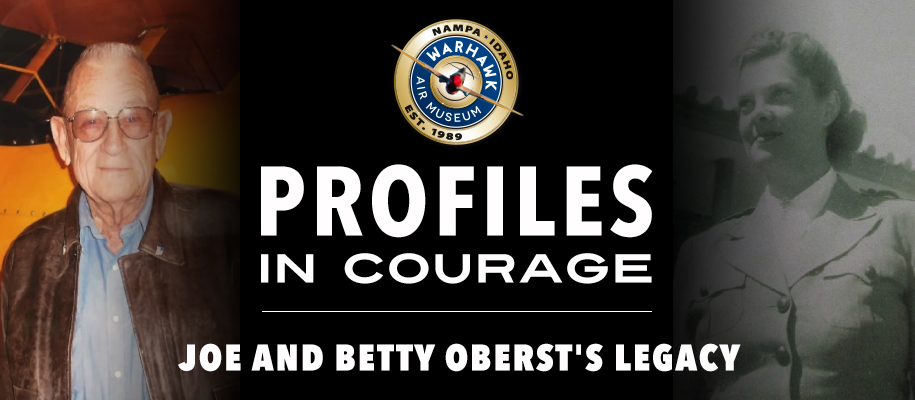
Posted On: September 30, 2020
“Military service during a time of war is the highest sacrifice a citizen may make for his or her country” – Public Law 106-380.
Joe Oberst was not the author of the above quote, but he believed every word. Joe was a WWII veteran and both he and his wife Betty (see the blog on her here) understood the great importance of preserving veteran experiences before individual stories are lost in history’s dust. Being a supporter of the Warhawk Air Museum since its founding in 1989, Joe knew the exact person he could talk to about the preservation of local veteran’s stories and approached Sue Paul (co-founder of the Warhawk Air Museum) in 2002 about the Veterans History Project (VHP) spearheaded by the Library of Congress.
Congress created the Veterans History Project in 2000 and the authorizing legislation (Public Law 106-380) was signed by President Clinton on October 27, 2000 after receiving unanimous support from Congress, who believed it was in the Nation’s best interest to collect, catalog, and store the oral histories of American veterans. The law states that this information is to be kept for future generations who “will have original sources of information regarding the lives and times of those who served in war and the conditions under which they endured so that Americas will always remember those who served in war and may learn first-hand of the heroics, tediousness, horrors, and triumphs of war.” The law continues to authorize through agreements and partnerships “with other government and private entities, and may otherwise consult with interested persons…and develop appropriate guidelines and arrangements” for collecting the memories of veterans.
The telling of how the VHP program came to be such a vital part of the Warhawk’s collection really belongs to the volunteers who give of their time and energy and are truly the driving force behind the program.
How did the VHP program start at the Warhawk?
Sue Paul: I first learned about the Library of Congress’ Veterans History Project effort to preserve the first-hand histories of American veterans and wartime civilian workers in 2002. Joe Oberst, a WWII veteran and supporter of the Warhawk Air Museum since 1989, came to my office one day and asked if I had heard of this project. I told him no, and together we began exploring how the Warhawk could become a partner. The process of becoming a partner in the program was simple. I registered online with the Library of Congress and we received our partnership status within a few weeks. They provided an official packet of information that included a booklet with suggested format and questions to keep the program throughout the country uniform. We immediately began the process of signing up veterans!
I found the first volunteers (Jan and Tim Peterson, Ali and Barry Hill, Carmelita Pope, and Brandon Hull) who were willing to help us create a method of finding veteran candidates and learning how to film and edit. Carmelita Pope, a WWII USO volunteer, taught us how to properly position ourselves in front of the cameras and use lighting; and Brandon Hull, a volunteer and professional filmmaker, taught us how to use the camera and correct angles, etc.
Barry Hill: Sue, Joe, and I talked about all the necessary components such as camera, mics, lights, tripods, editing computer, software, and supplies that would be required. I then put together a package of those items along with costs. Joe indicated he would round up financing for necessary expenditures to get the program up and running.
Ali Hill: I knew of the VHP project because my husband Barry and our long-time friends, Sue and John Paul, responded to the exciting idea from Joe Oberst that the Warhawk should participate in the LOC (Library of Congress) project.
Sue Paul: Joe immediately went to his friends in the Nampa community, and through private donations raised the money we needed to buy cameras and editing equipment. Joe constantly encouraged me in the early days of trial and error, and I never stopped thanking him for founding the Warhawk Air Museum Veterans History Project.
Barry Hill: Training on camera as well as interview techniques and lighting were conducted with, at first, a small handful of volunteers — Sue Paul, Tim and Jan Peterson, and myself. Editing was a big problem at first. Programs froze up, lost data, and took several hours to produce one interview tape.
In time, I was able to convince a couple of our volunteers to help with the editing if I trained them. Al Pilch and Don Bitler stepped forward and saved the day. They became quite good at what they did and introduced several good ideas to the process. Joe Oberst stayed involved all through this time with additional fundraising for new cameras, computers, a safe to store completed jobs in, and supplies.
Sue Paul: Many years later, when we added a second wing to the museum, Joe donated the money to pay for a sound-proof filming room and only asked that we recognize his beloved wife, Betty, on a bay in the new wing. [The Betty and Joe Oberst exhibit is right outside of the sound room and a plaque to Betty’s memory hangs above the second bay doorway.]
Who was the first individual interviewed?
Barry Hill: Jim Biggs, a friend and a veteran, was the very first interview on March 3, 2003. I edited the interview and transcribed it to a VHS tape. We added several interviews over the next couple of months. As VHS tapes phased out, we converted the final edited product to DVDs. Our ranks grew, and we began to produce between six and 10 interviews per month.
How did you learn about the VHP program?
Don Bitler: I started volunteering at the Warhawk Air Museum about 15 years ago when we moved from San Diego, where I was involved in the USS Midway Museum. The VHP was active at that time, and we had a large number of WWII vets to interview. Sue asked me if I would help in the editing process, which I did. One thing led to another, and I started doing some camera-work. This led to doing interviews as the number of interviewees increased.
Stan Hobson: Our son is a school resource officer with the Nampa Police and has been quite active at the Warhawk for some time. As part of the Police Honor Guard, they have presented the Flag ceremony for the museum’s Veterans Breakfast, and he told me of the history project. He also suggested I might want to become involved; I did indeed and volunteered to do interviews. They did have a few training sessions for us newbies, and Sue also interviewed me as a Korean War Navy vet.
What do you think of the program personally?
Don Bitler: I believe that the VHP program is vital because it captures the personal service experiences of the individual and records history as they saw it and lived it. It is important to get their input before people try to change history. It also is a significant gift to the veteran’s family. (Every veteran who contributes to the VHP collection receives a free DVD to have in their family.)
Barry Hill: When I think about the program personally, I think of its many facets. One thing that stands out, particularly with the WWII veterans who we concentrated on in the early days, was the fact that the country all pulled together on this vast undertaking to defeat the enemy. I learned so much listening to the interviews that it caused me to go read up on certain battles and situations and inform myself about things I had given little thought to before. We also met some wonderful individuals and heard real stories of heroism and just dogged determination to get through tough periods.
Ali Hill: Personally, other than the friendships that have formed from our association with the Warhawk and veterans and the thrill of seeing the museum flourish, the VHP has been my personal heartthrob. I have been so lucky, over the years, to meet and film so many veterans, especially the WWII veterans, and so many of them became our friends.
Stan Hobson: It is very important for the veterans to relate their experiences for the historical record that the Library of Congress is pursuing; more importantly the DVD that we produce and give to the veteran is a significant product for their family, especially their grandkids to hear and see the stories as part of their living history of our country and the contribution of their relative in maintaining our freedoms and that of the world.
What caused you to want to be involved with the program?
TeeJay McGrath: We need this program, and the Warhawk provides the Library of Congress an outstanding venue for the interviews, and it is dedicated and very well-tuned into this program.
Ken Simmons: Having done my interview, it seemed like a natural thing after I started volunteering at the museum.
Richard Dimmick: Hearing the stories is both interesting and fun. Both my grandfathers served in the Army in France during WWI. My dad and uncles also served in the Navy during WWII.
Don Schott: I think it is imperative to record the stories of veterans who had served this great country, and I wanted to be a part of this.
Ron Dale: My interview was to bless my errors. Now, as a volunteer, it seemed natural to jump in and contribute to this program’s success.
Darren Robarts: My passion for our military history, our vets, and, in a way, I believe I’m honoring the memory of my grandfather.
If you had to pick a favorite memory from the project, what would it be?
Don Bitler: I think seeing the satisfaction of the finished, edited interview has on the vet and his family (judging by the number of reorders) is reward enough for anyone associated with the project.
Barry Hill: On production of our 500th interview, we flew to Washington D.C. and presented the DVD to the director of the Veterans History Project in person. Our trip to the Library of Congress was a busy 3-day trip where we were able to pack in quite a few items. We presented a compilation of several short sections of some of our interviews to the director of the VHP, Robert Patrick. He gave us a VIP tour behind the scenes at the LOC, which was very interesting. We got to see some rooms reserved for visiting foreign dignitaries as well as the overall opulence of the building itself.
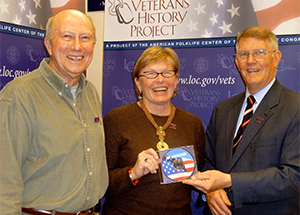
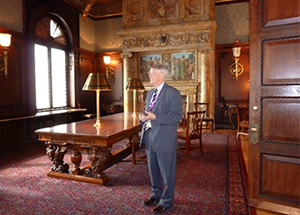
Ali Hill: I have a lot of favorite memories about the VHP. Still, one of my favorites was when Barry, Sue, and I drove to Moscow to interview Dr. Lawrence Johnston about his part in the Manhattan Project and the atomic bomb. It was awesome!
TeeJay McGrath: It is hard to say what my favorite memory is with the VHP. One of my memories is lining up a West Pointer with a Vietnam background I had come to know personally. He is dealing with stage four multiple myeloma, and other cancer-related afflictions and lives on O2 (oxygen) and has wonderful and inspiring stories on his life. I’m glad I got to get him on the record.
Robert Sobba: Several years ago, I led the effort to publish the book Voices from the Warhawk Air Museum. I enjoyed putting it together with other volunteers, and proceeds from the sale of it in the gift shop helps support the VHP program.
Stan Hobson: My favorite memories are the sacrifices of each of the veterans to serve their country in time of need without regard to the work they were assigned, whether very important or in support of others, each was a meaningful part of the total effort. I stress this thought when trying to convince others to be interviewed. Until we have all those veterans’ stories recorded for them and their families and the Nation, we still have work to do.
Darren Robarts: It’s so hard to say, I feel so honored to be part of every interview. Klair Kilton was very special. When he came to the interview (I believe he was about 95) he was wearing his dress uniform and it still fit him.
Where do you see the VHP program going in the future?
Don Bitler: Running out of vets to interview is a big problem. The WWII vets are all but gone, and the Korean vets are getting fewer. The younger vets are still working and getting an interview scheduled is becoming more difficult.
Barry Hill: As long as the Library of Congress keeps the program going and invites participation from partners around the country, an invaluable trove of stories will be documented for future generations and researchers. The Warhawk’s portion should continue to thrive and perhaps become more polished as more participants bring their skills to the program.
Ali Hill: All of us at the Warhawk are touched by the VHP. Like so many others, I have always wished that I could have had a recording of my dad’s history as a member of the Navy during WWII. He came home from the war with TB and died when I was 4 years old. Eventually, my mom remarried, and my Pop was a wonderful dad to my sister and me. He was a Marine in the Pacific during WWII. I have pictures and memorabilia from both, but it would have been amazing to have had a video of them discussing their experiences. The VHP is indeed a precious opportunity to preserve histories for future generations. The future of the project from our Museum and the others? Onward!!!
Ken Simmons: From the Warhawk’s perspective, I just hope we can get the program restarted in the very near future. On a larger scale, I think it would be interesting to corroborate stories from these interviews into historical documents.
Richard Dimmick: The future of VHP and the Warhawk looks bright. Hopefully, it will restart soon. Each day delayed means fewer WWII veterans to tell their story. Korea and Vietnam stories need to be told. We need somehow to recruit more women veterans. They were, and still are, an essential part of the military service that is missing.
Stan Hobson: I enjoyed being an interviewer and so far, have done some 100+ interviews. I was also asked to sort through my interviews and pick several that might be worthy of inclusion into a book of Voices from the Warhawk Air Museum. It is now published and sold in the gift shop as a fundraiser for the VHP project. I am still interested in the program and have agreed to continue interviewing once we get back into doing this.
Ron Dale: With nearly 1,300 interviews in our safe and more added monthly, we are building a time capsule of sacrifice in service, which will someday bless our future generations with voices who served in historical first person.
Darren Robarts: As long as we have vets and their stories, and the people with the passion for preserving and honoring their stories, the VHP program will continue.
*Some responses have been edited for clarity.
Thank you to each one of our volunteers who work with the VHP and our veterans. We believe Joe Oberst would be proud of the way his and Betty’s legacy has continued. If you are, or know of, a veteran and would like to contribute to this living memory collection, please contact the Warhawk Air Museum. We look forward to seeing or hearing from you.
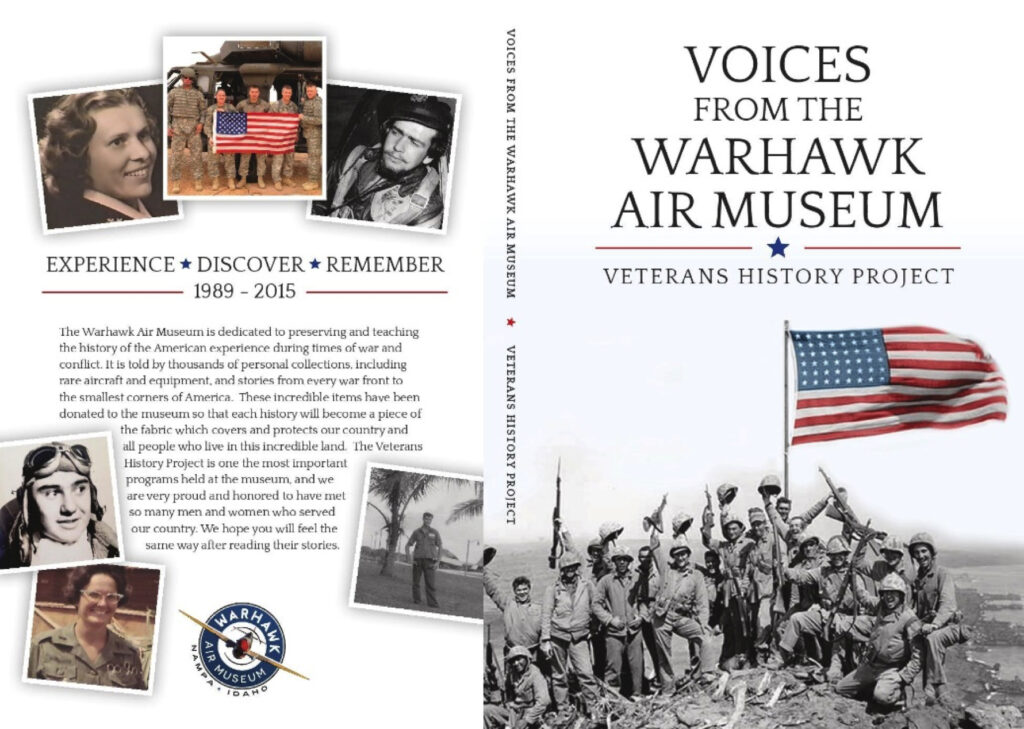
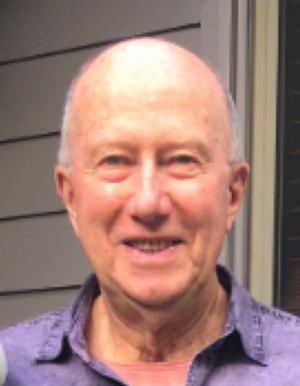

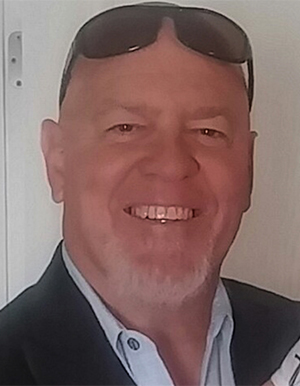
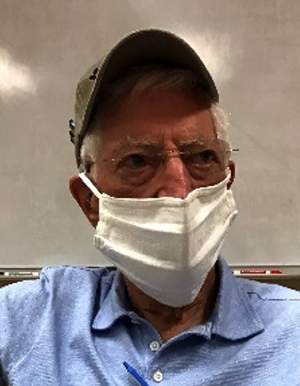
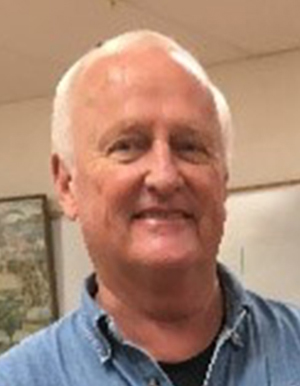
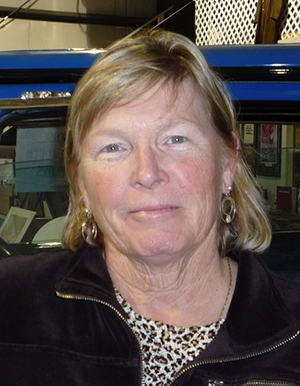
Photos of the following individuals were not available; however, the Warhawk Air Museum wishes to recognize their part in continuing to support and further Joe Oberst’s legacy in the VHP project:
Ron Dale, Don Schott, Richard Dimmick, Ken Simmons, Robert Sobba, and Don Bitler
Watch some of our VHP interviews
Post edited 10/1/2020
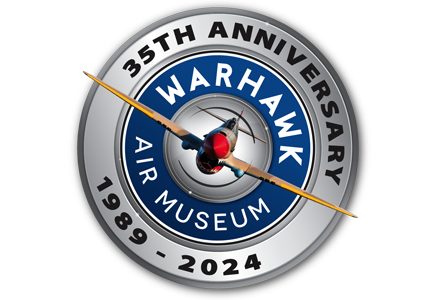
 Opens in new window
Opens in new window  Opens in new window
Opens in new window  Opens in new window
Opens in new window